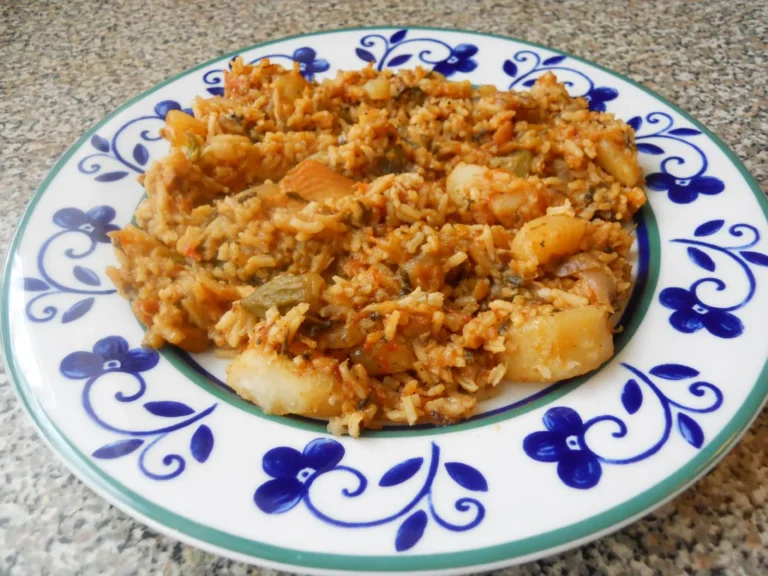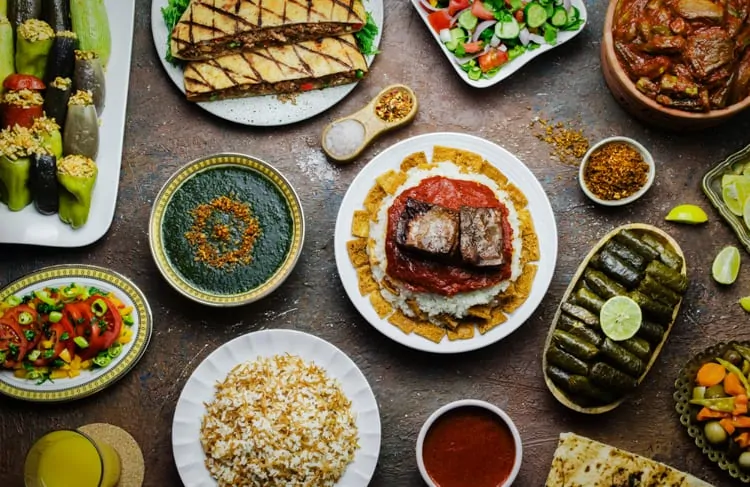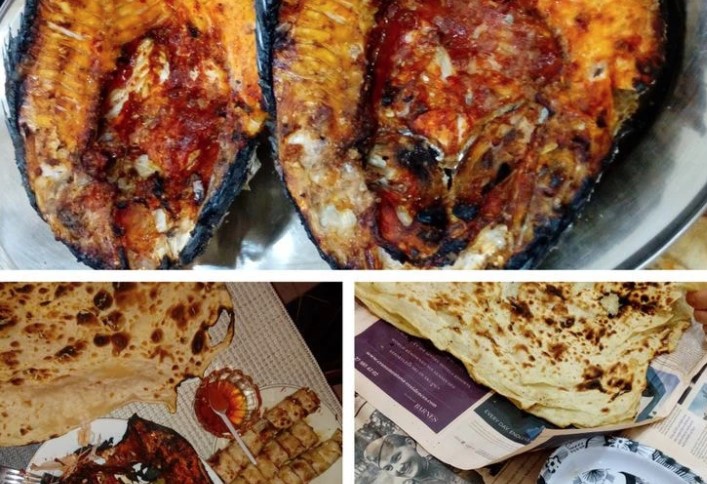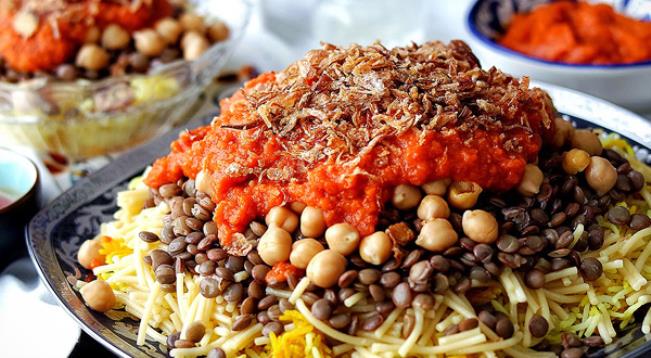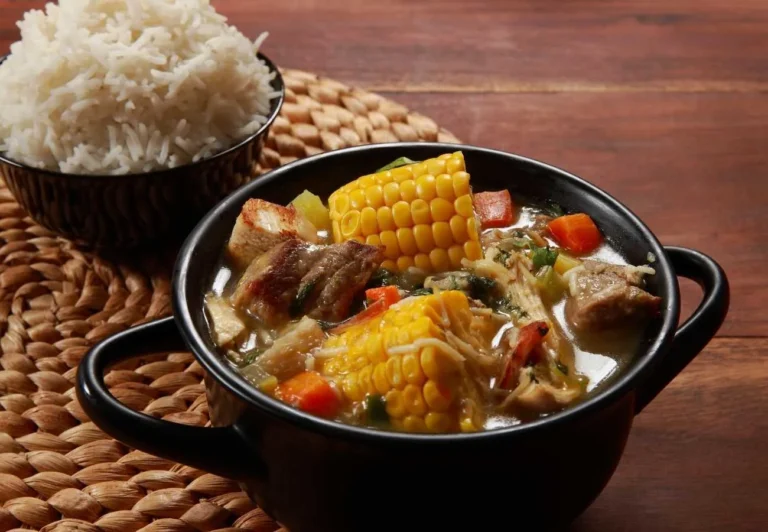Introduction: Egyptian cuisine and vegetarianism
Egyptian cuisine is known for its rich and flavorful dishes, utilizing exotic spices and ingredients that have been passed down for centuries. However, for those who follow a plant-based diet, finding options in Egyptian cuisine may seem challenging. Traditional dishes often include meat or dairy products, making it difficult to find vegetarian or vegan options. Despite this, there are many dishes in Egyptian cuisine that are suitable for those following a vegetarian or vegan lifestyle.
Fava beans: the vegetarian staple in Egypt
Fava beans, also known as ful medames, are a staple in Egyptian cuisine and a popular vegetarian dish. Fava beans are cooked with garlic, lemon juice, and olive oil, and served with pita bread and vegetables. This dish is often eaten for breakfast, and is a great source of protein and fiber. Fava beans can also be found in salads and stews, making them a versatile ingredient in Egyptian cuisine.
Koshari: the signature vegan dish of Egypt
Koshari is a signature vegan dish in Egypt, made with rice, lentils, chickpeas, macaroni, and a spicy tomato sauce. This dish is hearty and filling, and can be found on almost every street corner in Egypt. It is a popular dish for lunch or dinner, and is often served with a side of pickled vegetables. Koshari is also affordable, making it a great option for those on a budget.
Vegetarian and vegan mezzes in Egyptian cuisine
Mezzes are small dishes that are often served as appetizers in Egyptian cuisine. Many of these dishes are vegetarian or vegan, and can be combined to make a full meal. Popular mezzes include baba ghanoush, hummus, and stuffed grape leaves. These dishes are made with simple ingredients like chickpeas, eggplant, and herbs, making them a healthy and flavorful option.
Ful medames: a vegetarian breakfast dish
Ful medames is a vegetarian breakfast dish made with fava beans, garlic, and lemon juice. It is often served with pita bread, fresh vegetables, and a side of tahini sauce. This dish is rich in protein and fiber, making it a great way to start the day. Ful medames can be found in restaurants and cafes throughout Egypt, and is a popular street food.
Okra stew: a vegan-friendly Egyptian delicacy
Okra stew, also known as bamia, is a vegan-friendly delicacy in Egyptian cuisine. It is made with okra, tomatoes, onions, and spices, and can be served with rice or bread. This dish is often enjoyed during the summer months when okra is in season. It is a great way to experience the flavors of Egyptian cuisine without meat or dairy products.
Vegan desserts in Egyptian cuisine
Egyptian cuisine offers a variety of vegan-friendly desserts. One popular option is baklava, a sweet pastry made with layers of phyllo dough, chopped nuts, and honey syrup. Another option is basbousa, a semolina cake soaked in syrup and often topped with almonds. These desserts can be found in bakeries and cafes throughout Egypt.
Finding vegetarian and vegan options in Egypt
Despite the prevalence of meat and dairy products in Egyptian cuisine, there are many options for those following a vegetarian or vegan lifestyle. Look for dishes that feature fava beans, lentils, and vegetables, and try out the many mezzes and salads available. It is also helpful to communicate with restaurant staff and chefs, as they may be able to modify dishes to fit your dietary needs. With a little research and exploration, it is possible to enjoy the flavors of Egyptian cuisine while following a plant-based diet.


